
Creative Piano Pedagogy
This podcast is an enriching resource designed specifically for piano teachers and music educators working with out-of-the-box students: students with disabilities, physical or learning differences, gifted and 2-E learners and neurodivergent students. Each episode delves into innovative teaching strategies, offering insights and practical solutions that promote creativity, inclusivity, and approaches teaching from a positive and student-first environment.
Pedagogue, researcher and music educator Dr. Elizabeth Davis-Everhart will demystify topics such as technique, communication, piano methods, understanding behaviors, autism, ADHD, dyslexia and much more- all with a focus on encouraging teachers to meet the diverse needs of their students and inspiring them to embrace new ideas and cultivate the musical potential of every learner.
Creative Piano Pedagogy
14- ADHD at the Piano: Myths, Methods, and Mozart
What if the “wiggles” are actually your student’s brain doing its best work? Elizabeth opens up about being diagnosed with ADHD at age three and the unexpected way piano became her first tool for focus, self-regulation, and joy. From caffeinated laps at a recital hall to discovering that busy hands can calm a busy mind, this story threads personal insight into practical strategies any teacher can use.
The episode leans into creative problem solving. Through it all runs one idea: teach the student in front of you, not the stereotype. When we design for a busy mind and busy body, we uncover a musician who thrives on challenge and learns fast.
If this resonated, follow the show, share it with a teacher friend, and leave a quick rating and review on Apple Podcasts—it helps others find these conversations and supports more inclusive, effective music teaching!
Find the full transcript here of this episode and all past episodes!
📚 Join the waitlist for the next Piano Teachers Book Club Session!
Subscribe to Elizabeth's email list here so you won’t miss future courses, freebies, teacher events and more.
Let's stay in touch!
On the website/blog
Follow on Facebook
Follow on Instagram
Follow on YouTube
You can find all of Elizabeth's favorite repertoire and teaching tools on the Amazon Storefront (affiliate link)
Questions or suggestions? Send Elizabeth an email:
elizabeth@creativepianopedagogy.com
As an Amazon Affiliate, we may receive a small commission at no additional cost to you if you purchase through our links. Thank you for helping support the podcast!
This is episode 14 of the Creative Piano Pedagogy Podcast, and I'm your host, Elizabeth Davis Everhart. So glad you've tuned in. Thanks for taking time to listen. If you have a chance and you enjoy the show, even if this is your first episode listening, it would mean so much if you could leave a nice review on Apple or Spotify podcast app, specifically on the Apple one, because that will help encourage all the SEO things to direct the show to more people who like it. And it would just be a huge help. It only takes a few seconds to leave a rating and a comment. So that would be much appreciated. This is a new month. It's October, probably my favorite month in the year. And we have a very fun fall-themed monthly email headed your way this week to your inbox on Wednesday. It will include our freebie of the month. I try to give freebies on each email, and it's been a while since we've sent out an email. So I'm excited to share that with you. If you're not sure if you're on the email list, just head down to the description and go ahead and pop your email at that link where you can join. And if you're already on the list, don't worry, it will not duplicate and add you again. It'll just ensure that you're on the email list. Today we are talking all about one of my favorite neurotypes, ADHD. Attention deficit, hyperactivity disorder. It's quite a mouthful. In this new series, we've been talking about myths and misconceptions, things we may have heard or even thought were true about disabilities and neurodiversity, and maybe things we've thought could be true, but have learned after meeting real students that they're not quite as accurate as we thought. Today it's going to be a little different theme because I'm going to share from a personal perspective about ADHD. I haven't really talked about this much on the podcast, but I was diagnosed as ADHD about age three, which is very, very young for a girl to be diagnosed with ADHD, and especially a girl in the early 90s when ADHD was just becoming a popular diagnosis, and it was still much more common for boys to be diagnosed than girls, particularly at such a young age. So I thought I would share a little bit about what I remember about ADHD and my experiences and how that transfers to my teaching and my students, in hopes that this might help you with some of your students, especially those who maybe you're not sure if they do have ADHD or they haven't shared, but you have your suspicions. And so maybe I can share a few things that will not only encourage you, but give you a new perspective. So I was very hyper-active as a youngster. My mom was a piano teacher. I was very fortunate to have a musical home growing up. And at one of my mom's annual piano recitals, somebody gave me a drink of a soda that has a lot of caffeine. And according to my mother, and I actually remember this as well. I was about three, they watched me run laps around the recital hall for about 45 minutes after just a few sips of a caffeinated drink. And then I collapsed and fell asleep out of exhaustion. But I was just very uh quickly moving child. I was a quick thinker, quick reader, um, and a very bodily active, so busy brain, busy body. That's how I would explain myself. And my parents were working so hard to find ways of parenting and helping me learn at a very young age because they realized that uh they thought I was probably more hyper than most children my age, which I was. And along the lines, someone suggested, hey, what about some piano lessons? My mom, being a piano teacher, was a little hesitant, I believe, because I was so very young, but I loved music, I was often singing, and of course, being a child of the late 80s, I had a purple cassette tape player that had a microphone, and I loved listening to cassette tapes and playing and creating my own little world for myself, and so music was a big part of my life. Piano was not out of the realm of something I would love to do. So my mom very bravely decided she would give it a shot. That resulted in me absolutely falling in love with the piano and dragging my mom to the piano every day. I would go find her and drag her to the piano and just beg for another little lesson or another time practicing together. And it truly calmed my brain, it gave my fingers something to do, and I became a very different kid. I was still hyperactive for a few more years. Um, but I remember, even at that young age of three, how differently I felt because my brain was very busy, my body was very busy, and playing the piano required me to sit and think about what I was doing, and my fingers had to move in certain ways, and I absolutely loved it. I truly, truly did. I went on to learn violin and eventually organ as well, but piano was always my first love, and I think it's because I had that instantaneous connection and that feeling of, oh, I really love this, and it gives me something to really think about while I'm doing it. I think I was very bored, and I've noticed this in a lot of my students as well. When my students start to fidget or maybe have some behavioral problems, my first thought is I wonder if they're bored. And that's a big misconception, I think, of ADHD kiddos is we think that the behaviors are simply because they're impulsive or because they lack emotional regulation, which is totally a very logical thought with ADHD and with other neurotypes as well, like autism. But for ADHD kids, our brains are so active that we very easily become bored. So I thought I could share some differences in ADHD and girls versus boys from research I have done, from articles I've read, and very, very scientific journals, but also from a lot of experience in teaching. And I bet you have seen some of these examples as well in your own students. As I mentioned before, it's still quite common for boys to be diagnosed at a younger age than girls. That was true when I was very young, and it's still true now. They are improving the testing and diagnostic criteria that we measure these things with. So it is improving, and girls are starting to be tested earlier, but by and large, there are still lots more boys being diagnosed earlier than girls. And there are several reasons for that. Boys are typically more hyperactive than girls at a younger age. And because of that, ironically enough, it's a little easier for practitioners and parents to see: okay, this is a typical level of activity for a five-year-old boy, and this is an extreme level of hyperactivity for a boy to kind of see that very wide variance. Whereas in young girls, that is not always there, and it seems like it would be the opposite, but for girls, it shows up quite differently. In boys, it might be that very hyperactive, rough and tumble play where they're very impulsive. For girls, it could be that they talk a lot, or they're perceived as talking a lot. And for boys, it might be that they get very easily excited and they have trouble calming down. For girls, it might be that they're considered highly emotional, they're easily upset, or very sensitive. And that is just one of the ways, a few of the ways, that ADHD can look very different between boys and girls. And this actually reminds me of something I read in Temple Grandin's book, Visual Thinking, just this week, as I was rereading one of the chapters. She has this really excellent perspective on the use of labels. Labels are the diagnosis names, like ADHD, autism, dyslexia. And she goes into this really wonderful monologue about how I wonder, she wonders if labels have become almost too wide to be helpful. I think that can be the case with ADHD. We used to have two different definitions and diagnosis for ADHD. We used to have ADD in addition to ADHD, and that was attention deficit disorder without the hyperactivity. Now it's all just under one big umbrella of ADHD, kind of like they have done away with the diagnosis of Asperger's, and everything is just under the umbrella of autism. It's quite similar. So for ADHD, we have two different typical diagnosis paths. One is the impulsive hyperactivity, which tends to be more of the younger boys, and the other is the attention deficit, which tends to be the girls. You can also have a blended, which is what I had. I had both hyperactivity and an attentive. As I have gotten older, um, if you've ever met me in person or even just from listening to the podcast, I'm not bouncing off the walls. I'm not hyperactive physically. I do typically have a good bit of energy, um, but I'm not a hyperactive physically as a person. I am very hyperactive mentally. My brain is always going. Um, I don't know if you know this about ADHD years, but our brains don't really shut off even when we're sleeping. So a lot of people with ADHD will have a lot of trouble with sleep disorders or sleeping and even dreaming about their work. So they wake up and they feel like they've been working all night. So if that's you, I understand because I often feel that way. So I'm not always constantly moving, I'm not jittery anymore. Um, unless I drink too much coffee, and then there's, you know, it's worth it because I love my Italian espresso. But I'm not jittery anymore. It's just a mental um hyperactivity for me, and um more struggling to stay focused on tasks and just kind of regulate myself uh through those things. And I've learned how to cope as an adult, as most people with ADHD do. As we look at our students with ADHD, um it's so easy to say they can't sit still, they're not focusing. And this is one of the largest myths around ADHD. And honestly, it's one of the most false myths around ADHD, and especially for our students with Aud, which are autism and ADHD, when somebody is moving when they're learning, like if you have a student who's struggling to sit still on the piano bench while they're playing, or you have a student who is constantly kicking their legs against your piano while you're talking, did you know that some students feel the need to move while they think? It's like a physical impulse, almost like an ADHD version of stemming, what stemming is for people with autism, where they need to move to think. Often when I'm on the phone for a long time with a like a conversation, I will pace or walk around my house and do things. I struggle to sit while I'm on the phone because I think better if I'm moving. It's such a funny thing, but I really do. So your students who are moving a lot, they might need to move and it stimulates activity in their brain. So maybe brainstorm some ways that you can help them achieve some kind of bodily movement in the lesson. I've had some teachers uh tell me that my suggestions have worked for them in this area, um, and it's because I suggest really odd things. Sometimes it's the odd things that work, okay? And one of those is sitting on an exercise ball instead of a piano bench for doing activities. I don't really recommend this for when students are playing the piano because you can't adjust the height of an exercise ball for students to still maintain really good posture and be at the correct height for the instrument and seeing their music. But if you're doing an extra exercise, like an activity or like a theory activity, something where they don't need to be at that perfect height for the piano, an exercise ball could be a great way for them to have some bodily movement while they're learning. You can also get a wobble cushion, and that sounds like such a weird thing, I know, but it's a small inflatable cushion that sits on top of your piano bench, and kids can kind of rock back and forth on it. I'm gonna link my favorite ADHD things below and in the description so that you can check them out. But I love these things and so do my students. Another thing that really, really helps my students with ADHD, especially my young students aged three to six, is a footstool at the piano that's made for piano lessons. I did not even know this was a thing until several years ago. I've had a pedal extender for many years and I use those all throughout graduate school. But did you know that there are little benches that are for students' feet to sit on? It's amazing. The one I have is great because it has a removable shelf for the students' feet, and you can adjust it for students who need a little more height or who students who are taller. And having a place for their feet can be very, very helpful. Another myth of ADHD is that kids with ADHD cannot focus. It is true that their attention spans might be shorter, but did you know that students with ADHD are actually capable of very long periods of hyperfocus? Hyper focus is the opposite of distraction. And when you think about hyperfocus, that's something that students with autism are well known for being able to zone in and hyper-focus on something for a long period of time. If it's something they enjoy, if it's something they're in tune to. The same is true for ADHD students. Another myth of ADHD is that they often very quickly become overwhelmed. Now, this is not completely a myth, but there's a really good reason for it. A kind of co-myth with this is that the reason that they get so overwhelmed doing activities or new concepts or something that's a little challenging is because of a lack of intellectual capability. That is 1000% false. ADHDers are actually very early readers and they tend to speak think very quickly, and they typically will test higher in certain things and other groups of students, and typically their IQs are pretty high. They're very creative thinkers, very good problem solvers, and they're also very stubborn and persistent to a fault. So they will figure something out, they're very, very good problem solvers. So students might get overwhelmed, but it's not due to a lack of intellectual ability at all. You might also think about um the little phrase I said earlier when you think about ADHD: busy mind, busy body. And that really encapsulates ADHD quite well. Yes, there are some real challenges with teaching ADHD students. Like they might easily lose interest in a piece of music, and they might get bored due to a lack of a challenge, they might struggle to understand the next steps, like what to practice next or how to practice, but none of these indicate that they're not capable, just that they need a little help, and actually, one of the most ironic things that ADHDers need is structure. I love structure, and I am an adult with raging ADHD some days. I thrive in a structured environment and with structure. I actually really struggle during the summertime to get a lot of things done. I always have a very lengthy list, a very detailed list of all these things I want to accomplish in the summer. Things to do with my studio, to organize my digital resources, to organize my physical library, to do inventory, to create resources, lots and lots of things. And I do accomplish a good bit of those, but my goodness, somehow I am way more productive in a busy season of life than I am when it's slow. Isn't that so weird? When I think back to my schedule during graduate school, particularly when I was a doctoral student, and I was teaching 65 lessons a week as a full-time doctoral student, taking classes, taking private lessons, having to go to studio classes myself, practice three to four hours a day, do all of the writing and research that's required of that level of education, as well as perform at juries and do accompanying. How did I get so much done? I I don't know. Um, I I don't miss that busy schedule in case you're wondering. But I have given a good bit of thought to that over the years, that I think ADHDers work very well under a deadline, and it just sort of kicks our brain into gear. So if you have ADHD and you tend to wait until the last minute to do something, but it actually produces a really good result, you may have something in common with Mozart because I think he was also ADHD. I I remember reading several accounts of his life in music history classes and books where he would wait until an opera was due or wait until the last minute. So I'm not encouraging you to be like Mozart, but I am saying lots of famous people have been ADHDers, so I think we're in good company. If I can give you one piece of advice about your students with ADHD, it is to keep that phrase in mind: busy mind, busy body. How can you ensure that your ADHD students' brains and bodies are being fully exercised at their lessons? When a student has a neurotype like ADHD, the tendency might be to try to make things easier for them in the lesson, to not upset them or not cause any overwhelm, just to take things easy. But when we do that, we're actually depriving them of the joy of working through a challenge. ADHD students love a challenge, they thrive on problem solving, and they're actually quite competitive with themselves. I have had several dozens of ADHD students during the last many years, and I've had a few students where I've had to say things like, you know, I'm not sure if you're ready for that yet. That's pretty difficult. And so many of them will say, Oh, I can do it. Let me show you. And you know what? They do. We love good self-motivation, and ADHD students are no different, they just need help figuring out how to stay motivated, but they're very, very capable students. We also have to keep in mind that students with ADHD are more than just their label. I would like to encourage you to see beyond the labels of your students. Many teachers are a bit apprehensive to take on ADHD students because they have heard so many of these myths or maybe had other students that struggled with impulse control or attention or behavioral outbursts or fill in the blank. But each student is so very different. And I would like to really challenge you to see, know, and learn your student for who they are. They are more than just their label, they're more than just ADHD. And if you let them, they can show you what ADHD is like for them, and you can learn what a brilliant creative musician you have in front of you. To conclude today's episode, I want to leave you with a tiny teaching tip. And this is a kind of silly one, but I just discovered the joy that is an erasable highlighter. Where have these been all of my life? I love erasable pens, but my goodness, an erasable highlighter just is a game changer for me. I found these over the summer, and since then I have purchased them for all of my virtual students. I have sent them to friends. I have bought some for myself and multiple colors. They are so cool. My virtual students are reporting back that they are loving them for highlighting things in their music, particularly like where we're stopping that week, if it's a longer piece and we need to stop halfway through and then pick it up the next week and learn the rest. They're loving that they can erase it so it doesn't mess up their music permanently. And some of my students love highlighting the trouble and bass clef to remember left and right hand, that kind of thing. But then they can erase it if they feel confident in that area. It is just so cool. So if you know about erasable highlighters, you are you are in on the joy, but if you don't yet know about them, this is your tip to go to the description and grab some on Amazon because they are not to be you know dramatic, but they are potentially life changing. That is it for today's episode on ADHD. Thank you so much for tuning in, and I will look forward to sharing again with you next time.
Podcasts we love
Check out these other fine podcasts recommended by us, not an algorithm.

Field Notes on Music Teaching & Learning
Ashley Danyew
Coffee with Christina
Christina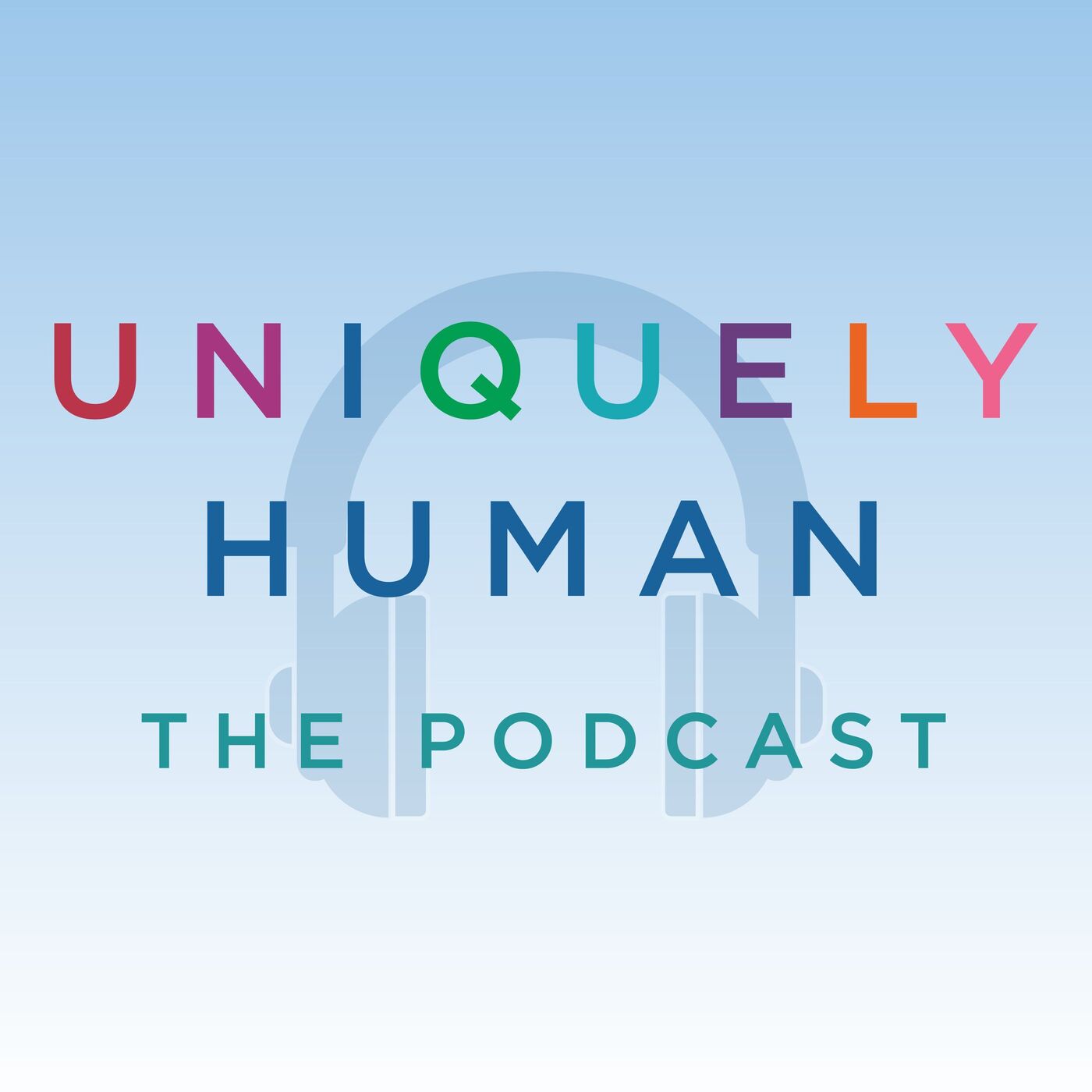
Uniquely Human: The Podcast
ART19 Uniquely HumanADHD Experts Podcast
ADDitude
The Piano Pantry Podcast
Amy Chaplin
Piano Inspires Podcast
The Frances Clark Center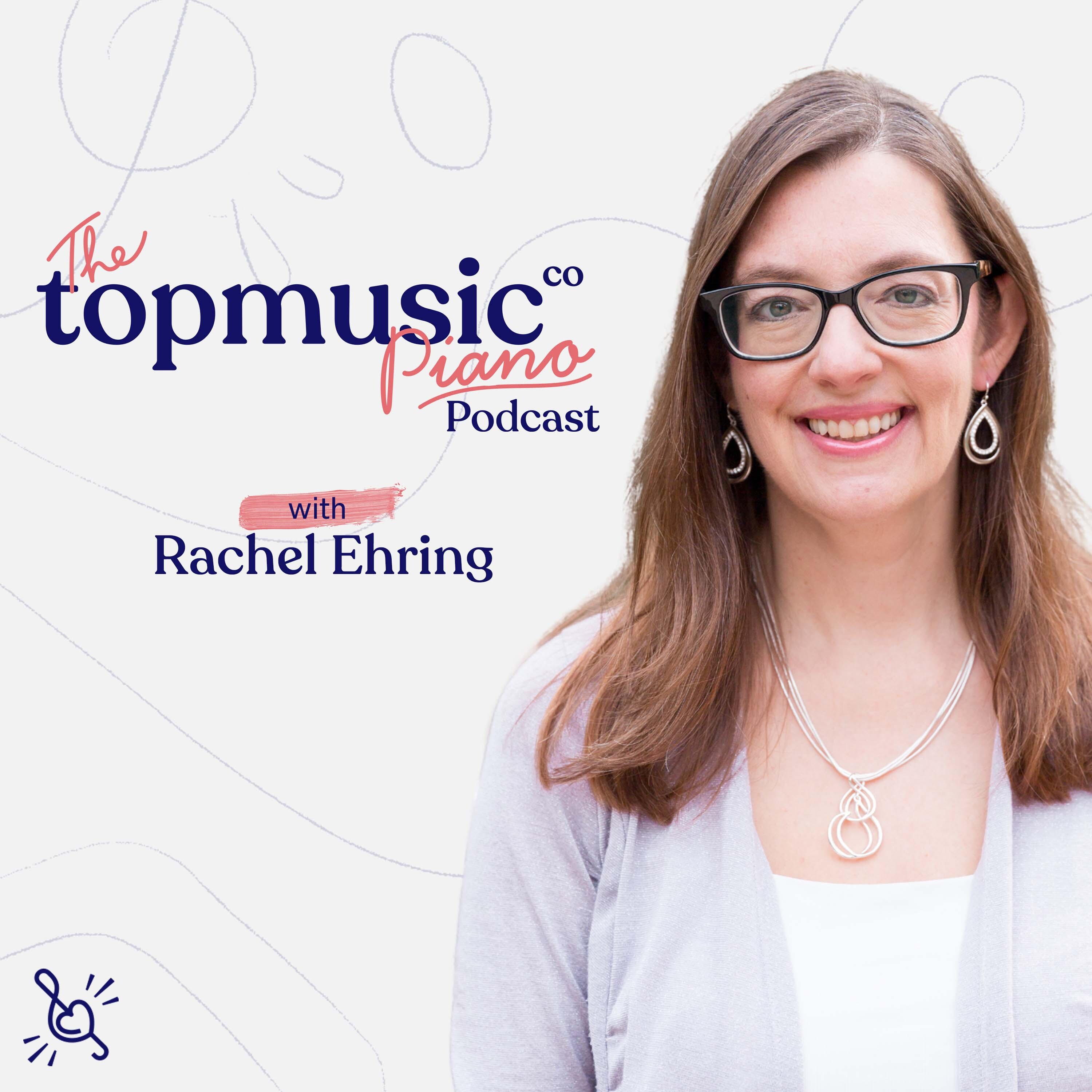
TopMusic Piano Podcast
Tim Topham
Piano Puzzler
American Public Media
Composers Datebook
American Public Media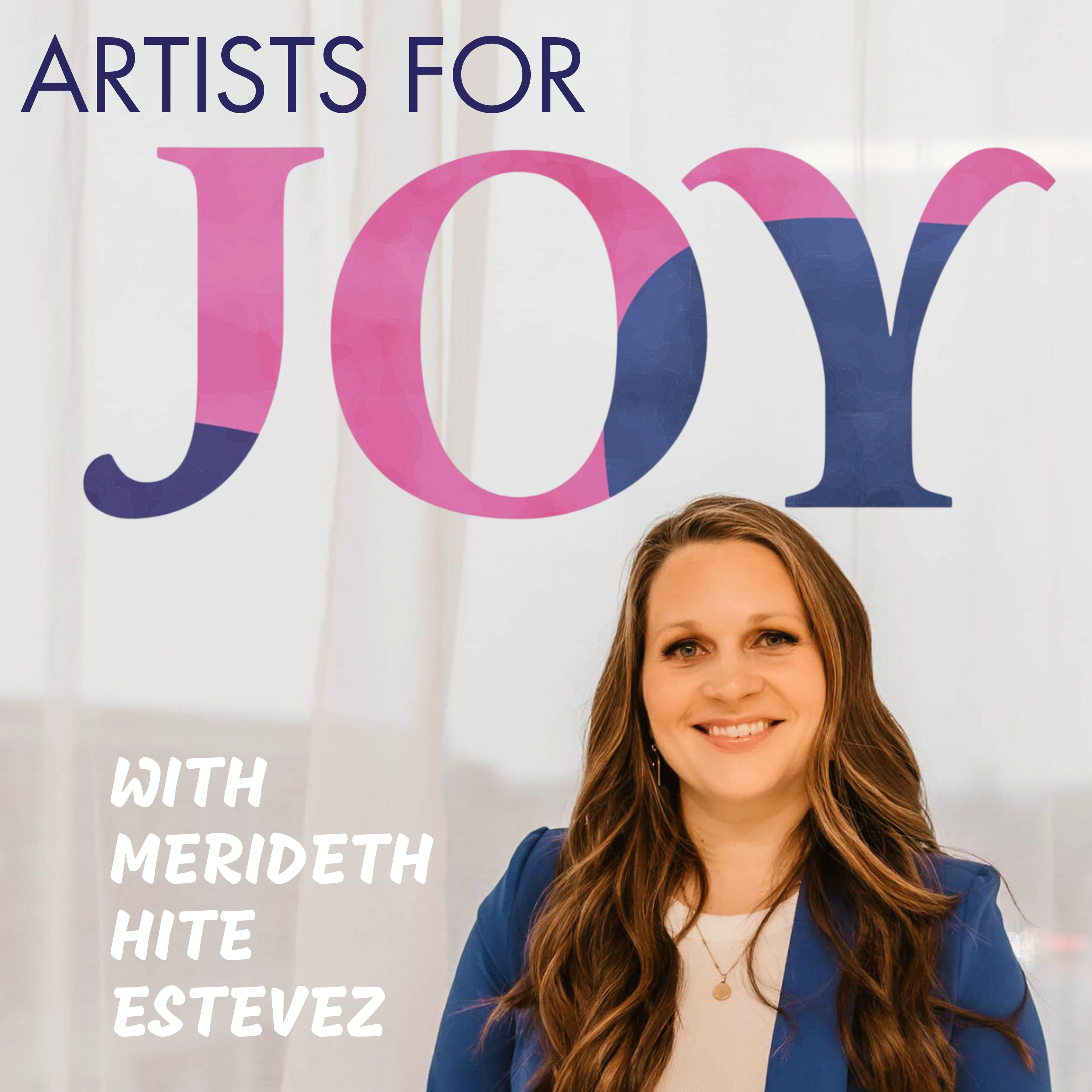
Artists for Joy
Merideth Hite Estevez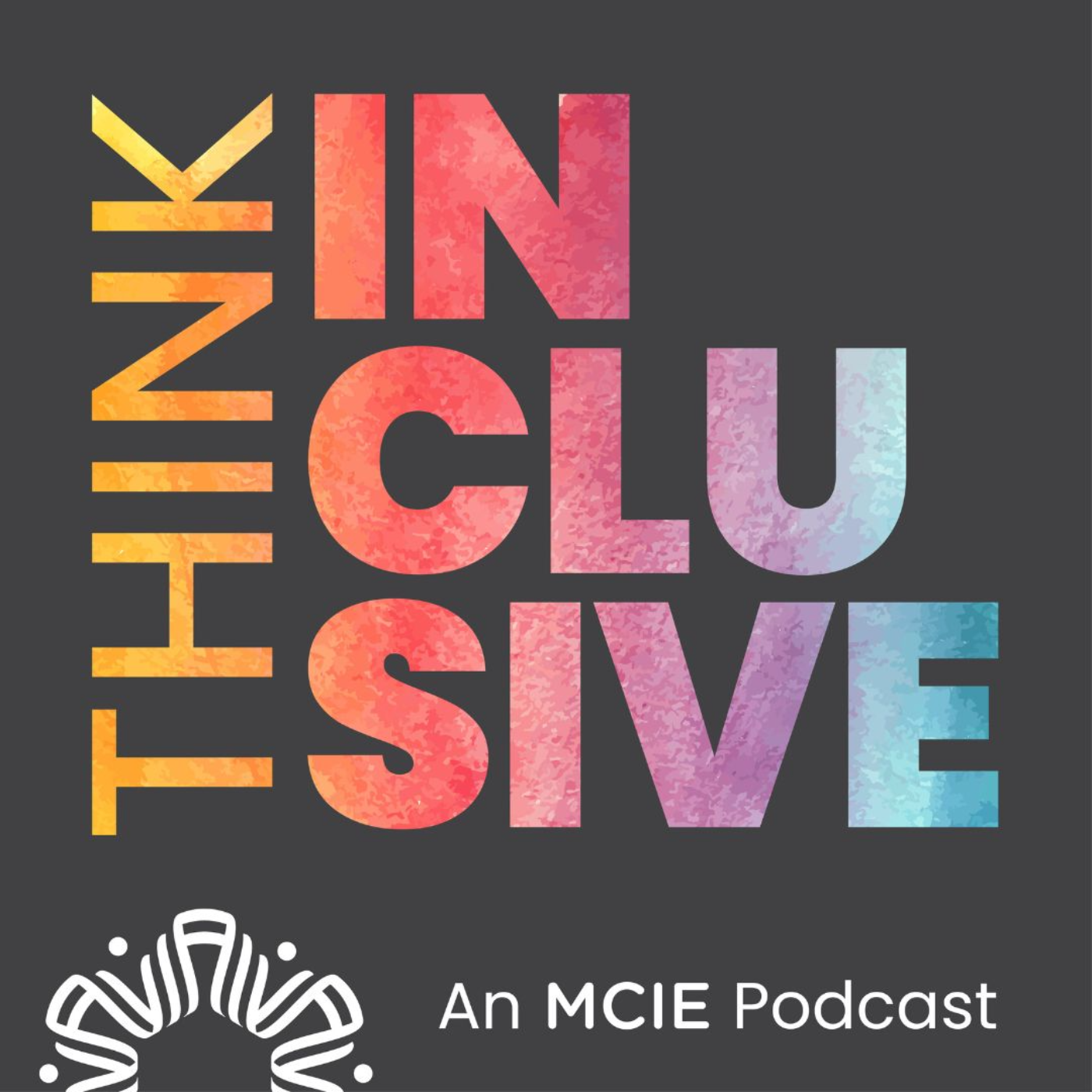
Think Inclusive
Tim Villegas
THE AUTISM ADHD PODCAST
Holly Blanc Moses
Hidden Brain
Hidden Brain, Shankar Vedantam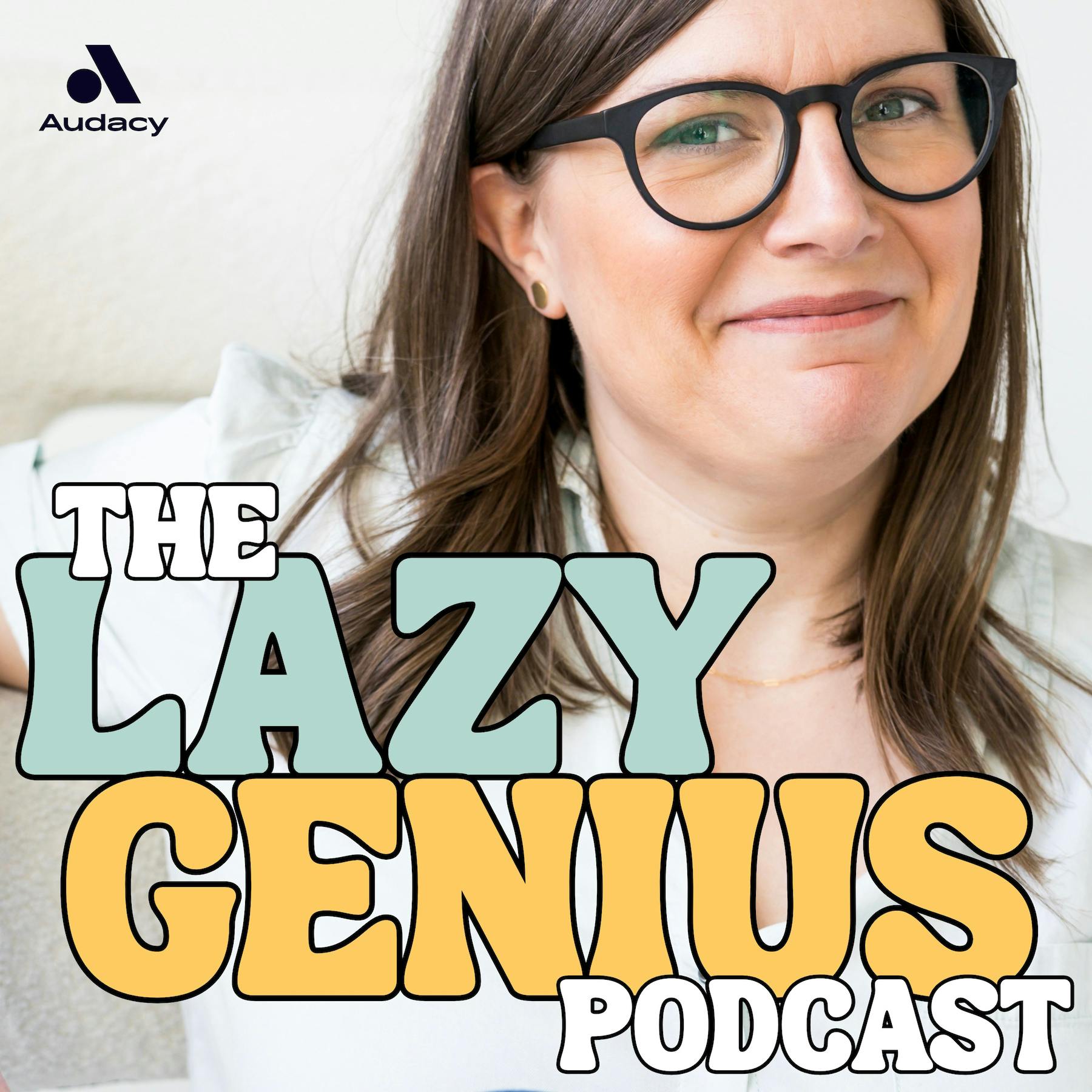
The Lazy Genius Podcast
Kendra, The Lazy Genius